In the vast landscape of transportation and logistics, finding the right vehicles can be a daunting task, especially in countries like Somalia. As economic activities burgeon, the necessity for versatile and robust vehicles is paramount. A low flatbed truck emerges as an optimal solution. It provides unparalleled efficiency in transporting heavy and oversized cargo. If you’re in Somalia and on a quest for a low flatbed truck, you’re in the right place.
Understanding the Low Flatbed Truck
Definition and Utility
A low flatbed truck is specifically designed for the easy loading and unloading of various goods. With its reduced height, it facilitates the transportation of heavy machinery, construction materials, and oversized cargo that wouldn’t fit in standard trailers. The simplicity of its design, featuring no sidewalls or roof, significantly enhances accessibility.

Key Features of Low Flatbed Trucks
| Feature | Description |
|---|---|
| Lower Loading Height | Ideal for loading heavy and bulky items with ease. |
| Versatile Cargo Capacity | Suitable for a wide array of loads, from construction materials to agricultural equipment. |
| Durability | Constructed with high-strength steel or aluminum to withstand heavy loads. |
| Easy Access | Open design permits convenient loading with forklifts or cranes. |
| Customization | Ability to modify the deck length and width as per specific needs. |
Why Choose a Low Flatbed Truck in Somalia?
The Economic Landscape
Somalia’s strategic location along the African coast represents vast economic potential, albeit coupled with challenges. The transportation sector, essential for facilitating trade, is progressively evolving. Owning a low flatbed truck not only enhances logistical capabilities but also fosters business growth.

Adaptability to Local Conditions
Somali terrain can often be rugged and unpredictable. Low flatbed trucks are renowned for their adaptability. The lightweight yet sturdy design enables them to navigate difficult routes without compromising on load safety. This ensures that goods reach their destination timely, maintaining the integrity of transported items.
Enhancing Efficiency and Productivity
Efficiency in transport directly correlates with operational productivity. Low flatbed trucks reduce the number of trips needed when transporting large volumes of cargo. Moreover, quicker loading and unloading times translate to minimized downtime and increased profitability.
Selecting the Right Low Flatbed Truck

Factors to Consider
Load Capacity
- Assess the maximum weight and dimensions of your typical cargo.
Vehicle Specifications
- Consider aspects like total vehicle weight, axle configuration, and engine power.
Local Regulations
- Ensure compliance with Somali transport regulations to avoid fines and accidents.
Manufacturer Reputation
- Opt for trustworthy manufacturers like CarMax Vehicle, known for their high-quality products and aftersales services.
Popular Models by CarMax Vehicle
CarMax Vehicle offers several models of low flatbed trucks suited for the Somali market:
| Model Name | Load Capacity | Dimensions (L x W x H) | Key Features |
|---|---|---|---|
| CarMax LFT-1000 | 10 tons | 7m x 2.5m x 0.5m | Reinforced frame, low-loading height |
| CarMax LFT-2000 | 20 tons | 8m x 2.5m x 0.6m | High-strength steel overlays, adjustable axles |
| CarMax LFT-3000 | 30 tons | 10m x 2.5m x 0.7m | Extended deck for oversized loads, dual axles |
Financing Options for Acquiring a Low Flatbed Truck
When considering the acquisition of a low flatbed truck in Somalia, understanding the financing options can significantly assist potential buyers. Here are some strategies that might be beneficial:
Leasing: Many businesses prefer leasing as it allows flexibility without the capital burden of purchasing outright.
Loans from Financial Institutions: Banks or microfinance institutions in Somalia often provide loans tailored for purchasing commercial vehicles.
Manufacturer Financing: Companies like CarMax Vehicle may offer direct financing options or partnerships with local banks for interest rate discounts.
Payment Plans: Some dealers draft installment payments plans allowing businesses to spread out costs over time.

Safety and Maintenance of Low Flatbed Trucks
Prioritizing Safety Standards
Operating a low flatbed truck necessitates a thorough understanding of safety standards. Following best practices ensures not only the safety of the driver but also the integrity of the cargo being transported.
Regular Maintenance Checklist
| Maintenance Task | Frequency |
|---|---|
| Oil Change | Every 5,000 to 8,000 miles |
| Tire Inspection & Rotation | Every 6,000 miles |
| Brake System Check | Every 10,000 miles |
| Load Securement Inspection | Before each trip |
Regular maintenance guarantees the longevity of the truck and reinforces safety for operators and others on the road.

Conclusion
As the demand for robust transport solutions escalates in Somalia, investing in a low flatbed truck can dramatically enhance operational efficiency and support business growth. With the myriad of options available—such as those offered by CarMax Vehicle—finding the right low flatbed truck tailored to your specific needs has never been more attainable.
Whether considering the adaptability to local conditions, the economic efficiency, or the myriad of financing options available, potential buyers are encouraged to make informed decisions. Ensure compliance with local regulations, choose reputable manufacturers, and always prioritize safety and maintenance to maximize the return on investment.
FAQs
1. What types of cargo can be transported using low flatbed trucks?
Low flatbed trucks are ideal for transporting heavy machinery, construction materials, agricultural equipment, and oversized goods, thanks to their open design.
2. How can I finance a low flatbed truck in Somalia?
Buyers can consider leasing, loans from local banks, direct financing options from manufacturers like CarMax Vehicle, or customizable payment plans with dealers.
3. Do low flatbed trucks require special licenses to operate in Somalia?
Yes, operators must comply with local regulations regarding vehicle operation, which may include obtaining specific licenses depending on the load capacity.
4. How often should I maintain my low flatbed truck?
Regular maintenance is crucial. Key tasks should be carried out frequently—oil changes generally every 5,000 to 8,000 miles and tire inspections every 6,000 miles to ensure optimal performance.



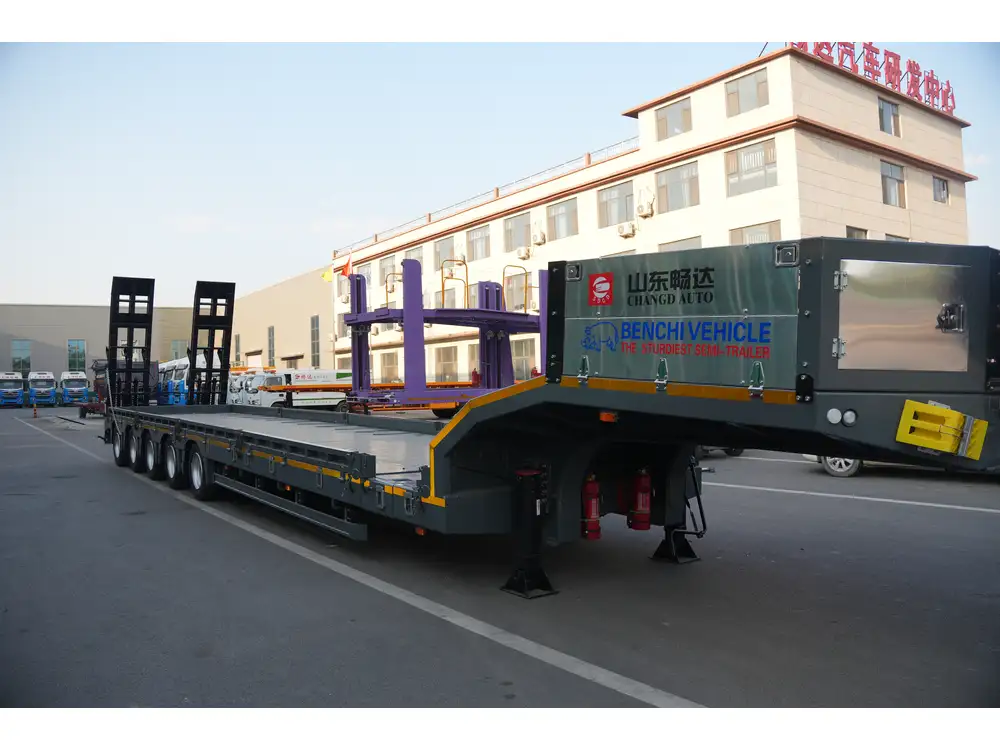
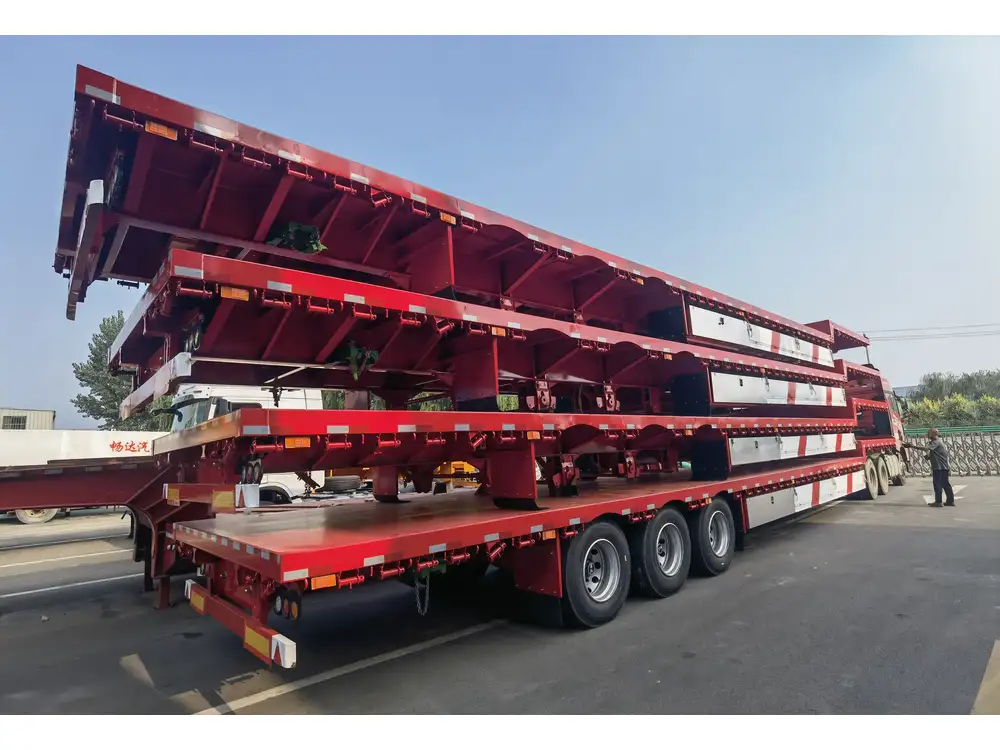

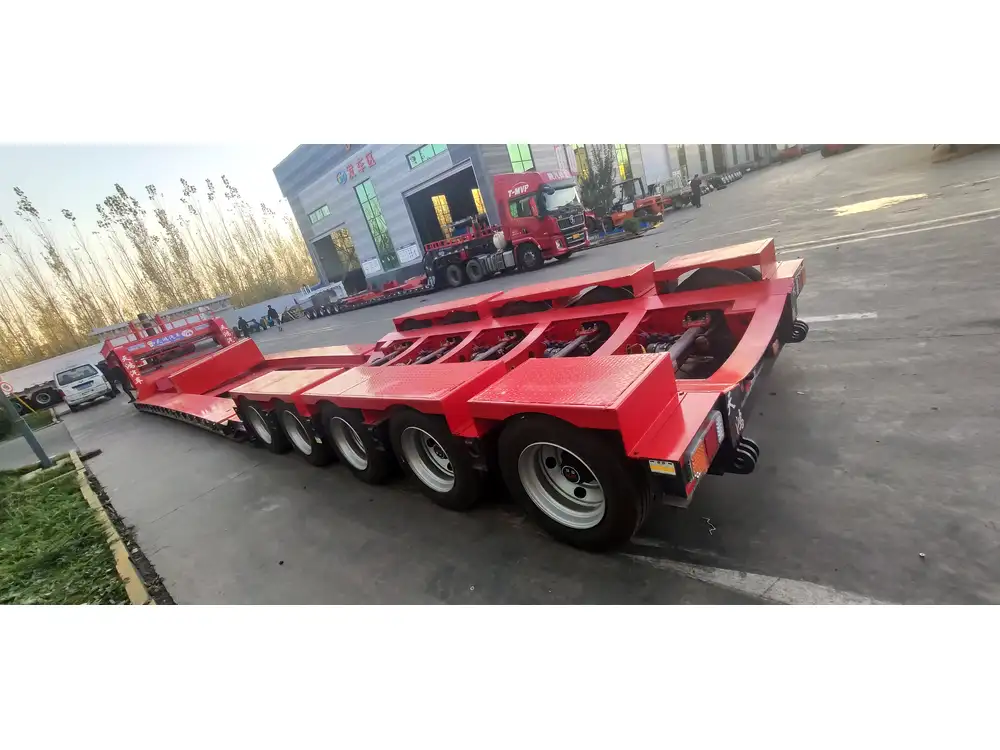


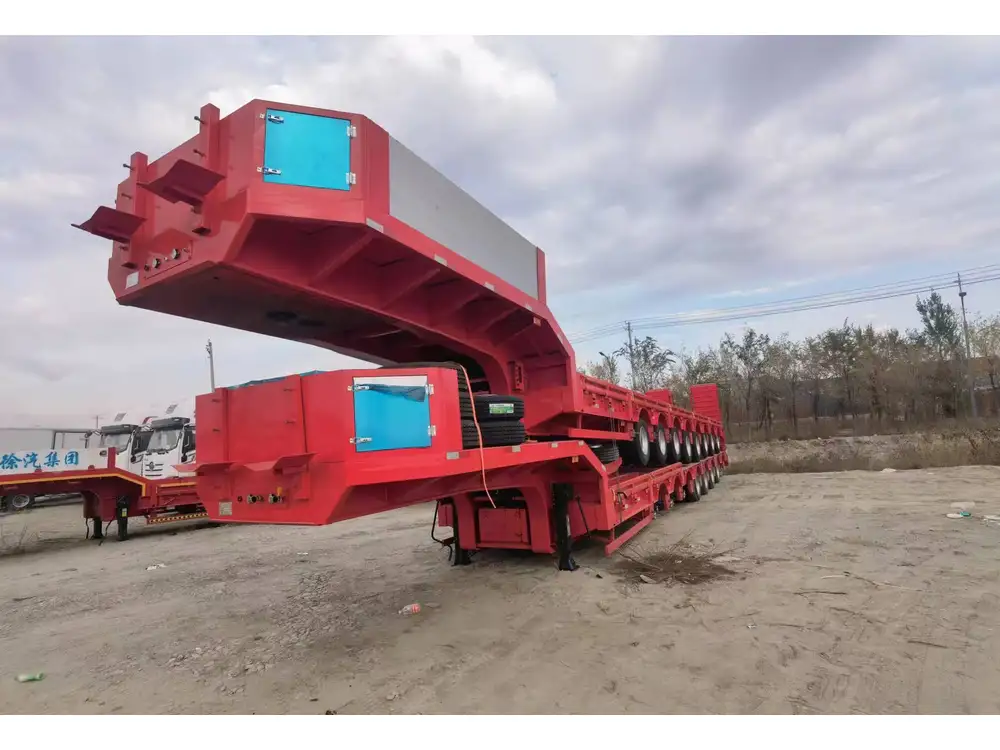
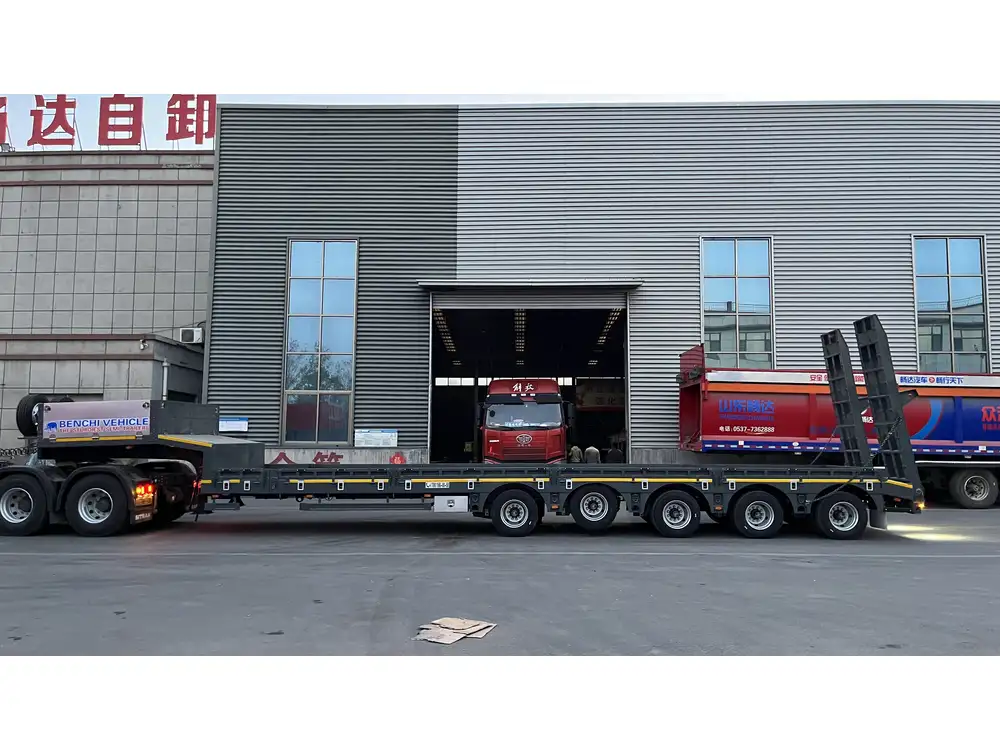


Reviews
There are no reviews yet.